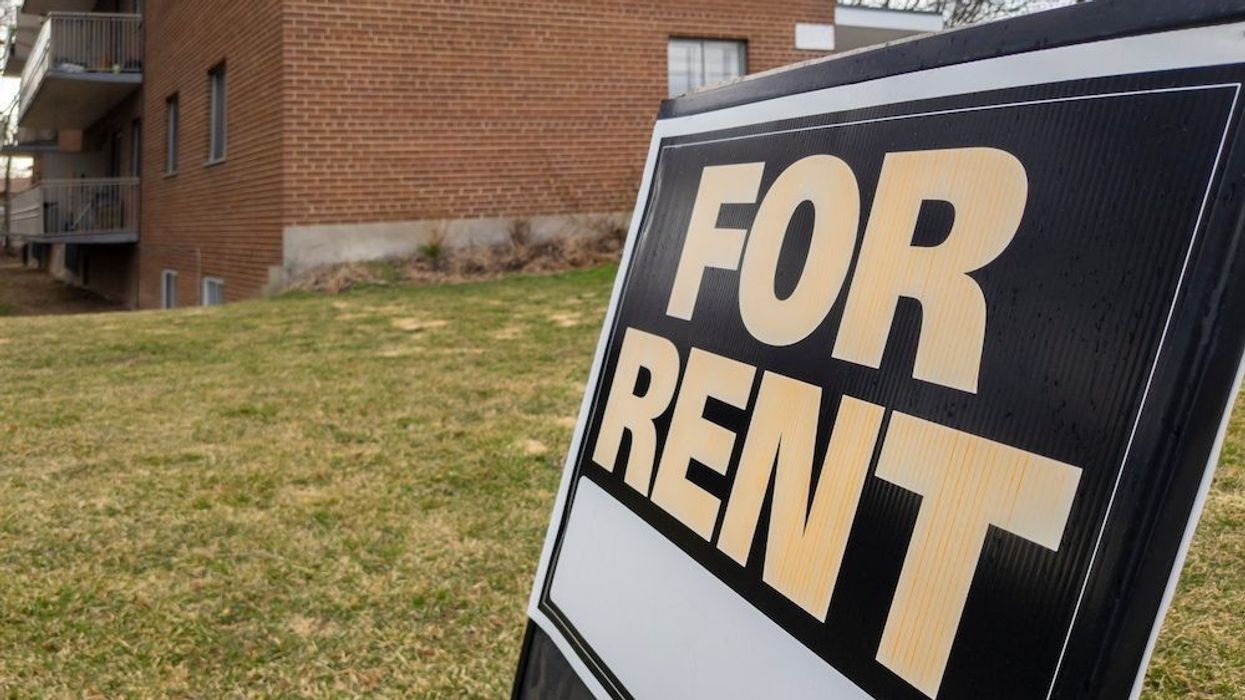The housing supply crisis took centre stage recently at a debate sponsored by RESCON and industry partners at George Brown College for the six frontrunners in the City of Toronto mayoral race.
The cast of candidates had loads of ideas. Some we agree with, others not so much. But all who participated are to be commended for addressing the critically important subject.
Bottom line? They agreed there is an obvious need for a greater supply of housing to meet the escalating demand in Toronto. They also supported streamlining the approvals process and the need for greater densification.
Three cheers for that. Housing must be the number one public policy issue. No two ways about it.
The issue should not be an ideological or politically partisan matter. It affects both the left and right. Housing has become much too expensive for most people entering the market. If people can’t afford to live in Toronto, youth and our future generation of innovators and city builders will leave. Others will increasingly be forced to live in substandard and overcrowded conditions.
The National Bank just estimated that with a median income of $91,858, it will take about 25 years to save for a downpayment for a home. There are other disturbing metrics, such as the average monthly rent in the city being $3,122 per month, a massive increase from just over a year ago.
To make homes more affordable, we presently need to build 1.78 million new units in Ontario over the next decade. Financial services firm Desjardins figures that the country needs 100,000 more annual housing starts in 2023-24 to keep up with demand. That would mean doubling new home production.
While there are some positive indicators for the housing market, such as the levelling-off of inflation, flattening interest rates and slight uptick in home sales, we are still critically short of new and affordable housing. Exorbitant government fees, taxes and levies are making it difficult on builders and home buyers alike.
A report by the Canadian Centre for Economic Analysis found that taxes, fees and levies account for 31% of the total cost of the purchase price of a new home in Ontario. This has roughly tripled in 30 years. Today’s 20% downpayment is about the equivalent of an increase in taxes. First-time buyers who need housing are getting ripped off.
A CMHC report last year indicated that government fees were crippling construction. The report found that government fees impact the cost of construction in Toronto by as much as a staggering 24%.
More recently, a progress report on the Housing Now initiative in Toronto shed light on how difficult it is to build in Toronto. The program was approved in January 2019 to activate City-owned lands to stimulate the development of affordable rental housing within transit-oriented, mixed-income, mixed-use communities. Yet, four years later, construction has not yet started on any site.
On the national stage, meanwhile, federally funded housing projects are taking too long. The feds set aside billions of dollars through the Rapid Housing Initiative launched in 2020 to quickly build affordable housing across the country, but the majority of units approved have not yet been constructed. In 2021, 4,792 units were approved for funding under the program while another 5,473 were given the green light in 2022. As of last November, though, only 1,449 units had been completed.
In Ontario, the provincial government has taken aim at the problem by introducing legislation to get more homes built faster. The government has set a target to build 1.5 million homes by 2031. However, it takes time for the legislative changes to be absorbed by municipalities across the province to make it happen.
Judging by the mayoral race debate, some municipal leaders get it, but many still do not. For example, some candidates are calling for government to be the builder of housing. However, roughly 90% of housing in Ontario is private sector, so that is a complete non-starter. And last, we forget that private-sector contractors build everything.
A priority in the City of Toronto should be to loosen as-of-right zoning restrictions and expand and encourage development on main arterial routes. On minor arterial routes, the height of buildings should be expanded to eight storeys, and on major arterials, up to 15 storeys should be allowed rather than the current three. Presently, builders must go through lengthy zoning bylaw amendment applications when they build on arterial roadways, averaging 34 months per application.
The technology used in the development approvals process, meantime, remains years behind other advanced jurisdictions. Progress on this front has been slow, although the C2K initiative by Toronto shows great promise. The process must be accelerated, digitized and streamlined.
The almost messianic pursuit of net-zero, meanwhile, needs to be tempered with reality and affordability. Building green is important – but changes are being rammed through faster than builders can adapt and costs not properly measured.
In some circles, there appears to be a lack of collective urgency about addressing the housing situation. Many still fail to grasp the sheer size and scope of the problem and how many homes are needed.
However, the housing supply crisis is a problem we must solve – it’s not an option. It will require a better-co-ordinated, all-hands-on-deck approach from leaders in all levels of government and the building industry.


















